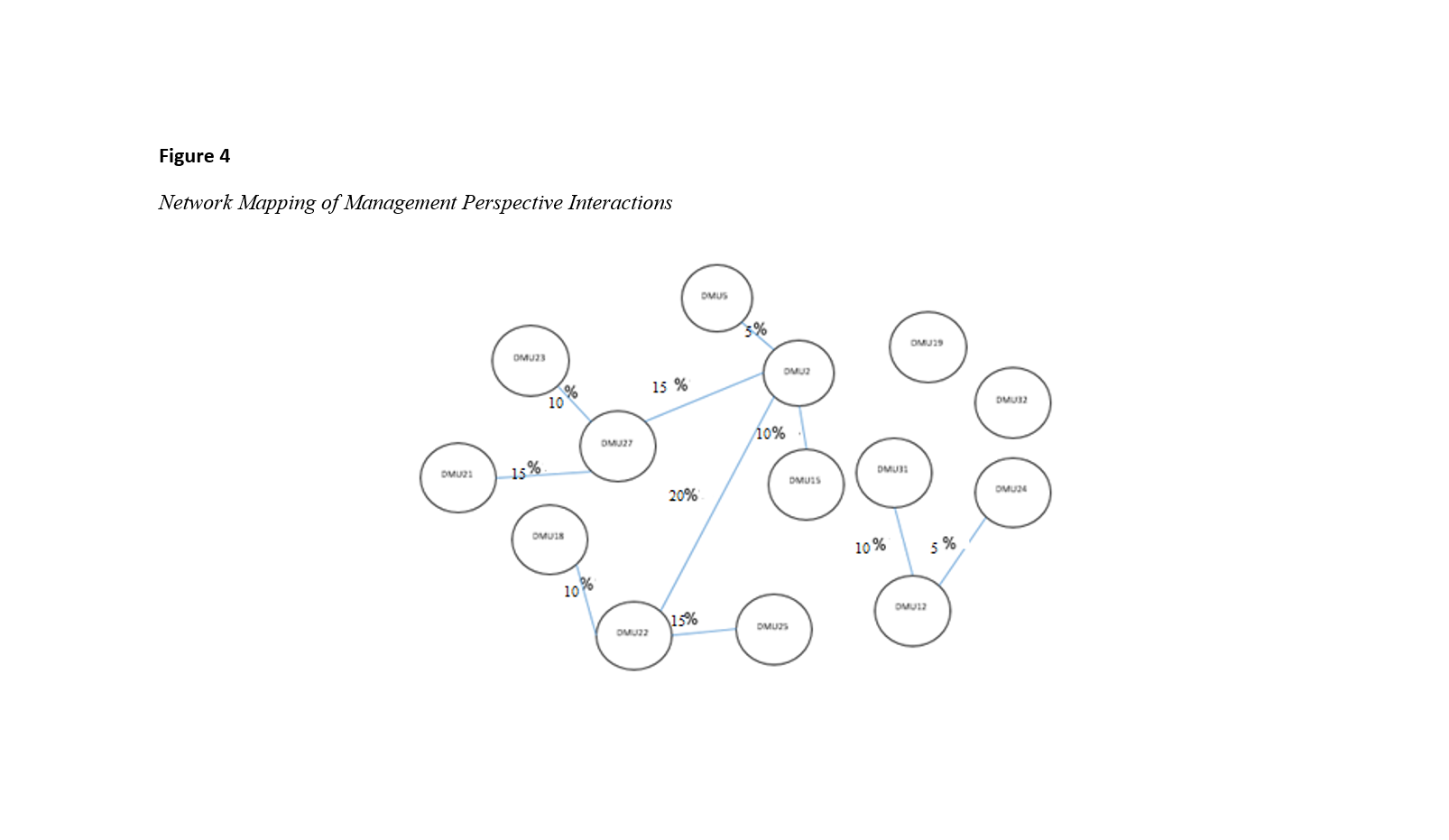The Impact of Interactions between Resources, Technology, and Technical Aspects of Autonomous Vehicles on Urban Smart Spaces
Keywords:
Autonomous Vehicles, Smart Urban Spaces, Interactions, Technology ImpactAbstract
Objective: As urban populations grow, the demand for smarter and more efficient urban spaces becomes increasingly critical. The advent of autonomous vehicles also presents opportunities and challenges in shaping the future of smart cities. This article examines the complex interactions between resources, technology, and technical aspects of autonomous vehicles and their impact on urban spaces.
Methodology: A comprehensive research methodology was employed to assess the impact of interactions between resources, technology, and technical aspects of autonomous vehicles on smart urban spaces. This included a review of the literature, data analysis, case studies, and simulations. By integrating findings from various sources and methods, a complete understanding of the subject was achieved.
Findings: The findings of this study highlight the multifaceted impact of interactions between resources, technology, and technical aspects of autonomous vehicles on smart urban spaces. Despite their enormous potential to reduce traffic, enhance safety, and improve urban mobility, these interactions raise concerns about privacy, infrastructure compatibility, and equitable access.
Conclusion: Therefore, it is essential for policymakers, urban planners, and technologists to collaborate in developing strong frameworks and regulations to harness the benefits of autonomous vehicle technology while mitigating potential challenges. By promoting innovation and inclusive urban development, cities can leverage the transformative power of autonomous vehicle technology to create smarter, more sustainable, and livable urban environments for all citizens.
Downloads

Downloads
Additional Files
Published
Submitted
Revised
Accepted
Issue
Section
License
Copyright (c) 2024 Iloosh Vaziri (Author); Fereshteh Ahmadi (Corresponding Author); Zeynab Talebi Rizi , Mahmoud Saffarzadeh (Author)

This work is licensed under a Creative Commons Attribution-NonCommercial 4.0 International License.















